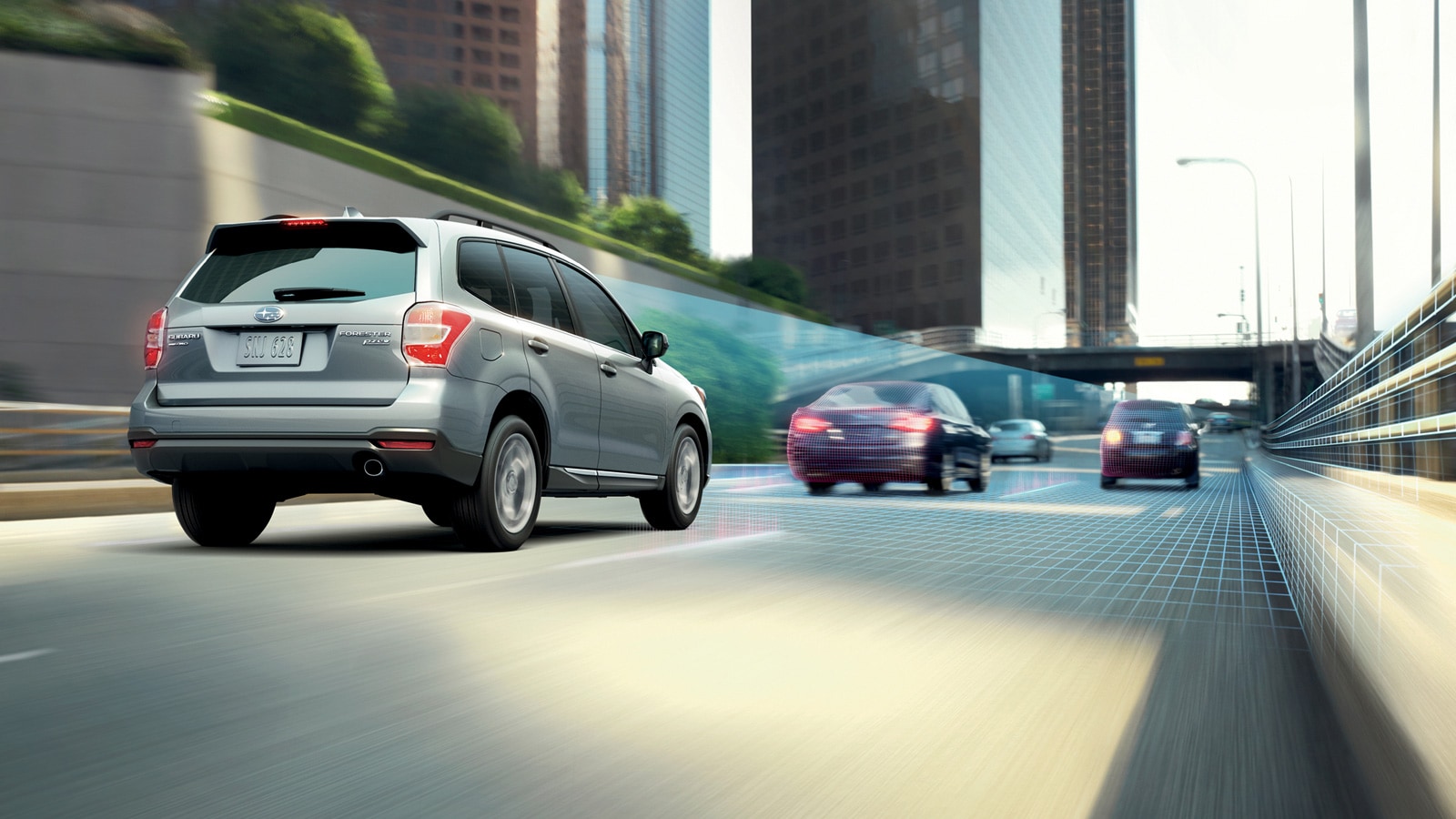The U.S. government will require automatic emergency braking systems in all new cars beginning in 2029. The new rule won’t change much in practice – most new cars sold in 2024 already have it.
But it mays signal the start of a government effort to make the auto industry improve the technology, which can be wildly inconsistent and not live up to advertising claims.
Related: What Is Automatic Emergency Braking?
The National Highway Traffic Safety Administration (NHTSA), the government agency most responsible for regulating cars, said Monday that the rule “will save at least 360 lives a year and prevent at least 24,000 injuries annually.”
Automatic Emergency Braking Is Already Common
Automatic emergency braking systems detect an object in a car’s way and brake to try to avoid an accident. Early versions of the technology could avoid hitting a stopped car. Newer versions are designed to detect smaller objects.
The systems attempt to stop a car completely to prevent an accident. If they fail at that, they may still slow the car, drastically reducing the collision’s severity.
Automakers now market them with names like “automatic emergency braking with pedestrian detection,” and claims that they will stop short of hitting cyclists and walkers.
They were once common only on luxury cars. Nearly every automaker signed a pledge promising to include them by Sept. 1, 2022, and they’ve largely made good on their word.
Today, they’re found on almost every new car for sale. Even the Nissan Versa and Mitsubishi Mirage – the lowest-priced cars built this year – included versions of the system as standard equipment.
More expensive cars now include versions designed to work in a turn, or in reverse, and to detect quickly crossing traffic like you might see when backing out of a driveway onto a street.
But Systems Don’t Always Work Like They Should
Automatic emergency braking makes driving safer. Studies have found widespread use has cut accidents in half, saving lives and preventing property damage.
But the technology often doesn’t live up to its marketing.
It works best at low speeds, and we don’t confine our driving to low speeds. An insurance industry safety lab recently began testing the systems above 25 mph. In two rounds of tests, the results have been disappointing.
In one round, none of a group of midsize SUVs managed to brake at all when a simulated car crossed in its path. In another, most compact SUVs hit a stationary motorcycle in their lane, though the best systems tested did brake to reduce the severity of a collision.
Other tests have found the systems much less effective at night.
A recent round of testing found that reverse automatic emergency braking is even less reliable. Insurance industry workers tested four small SUVs to see if they’d avoid crossing traffic behind them. Four failed 10 out of 10 times, and one nine out of 10.
Most of the systems, however, did sound an audible warning, which could trigger a driver to brake more effectively than the system could on its own.
Mandate Means Effectiveness Rules
If the automotive industry has already made the equipment standard in practice, why bother with a mandate?
Because once they’re required, regulators can require them to be effective.
“The new standard requires all cars be able to stop and avoid contact with a vehicle in front of them up to 62 miles per hour,” NHTSA says. Cars must also “detect pedestrians in both daylight and darkness. In addition, the standard requires that the system apply the brakes automatically up to 90 mph when a collision with a lead vehicle is imminent and up to 45 mph when a pedestrian is detected.”
The tests performed by watchdog groups raise doubts that many of today’s systems could pass those tests.
A mandate might force the industry to improve them.








